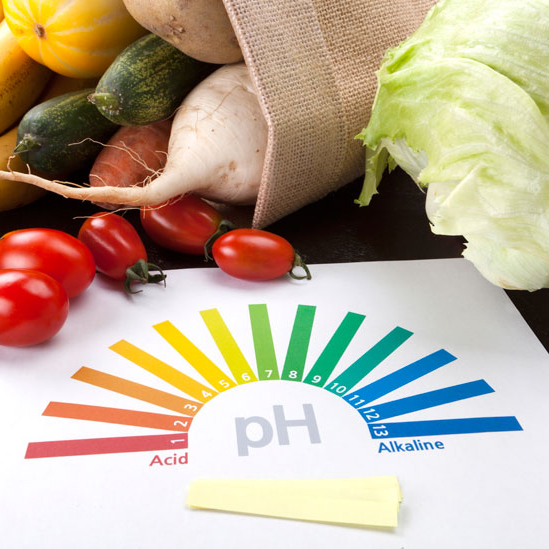The Role of Acids in Food
Acids play a vital role in the culinary world, influencing not only the flavor of food but also its preservation, texture, and safety. Naturally occurring and added acids are integral to many food processes and are widely used in both home kitchens and food manufacturing. Common food acids include citric acid, acetic acid, lactic acid, malic acid, tartaric acid, and ascorbic acid, each offering specific benefits and functions.
Flavor Enhancement
One of the most noticeable roles of acids in food is flavor enhancement. Acids contribute to the tart, tangy, or sour tastes found in foods like citrus fruits, vinegar, yogurt, and fermented vegetables. These sharp flavors can balance sweetness, add depth to savory dishes, and brighten overall flavor profiles. For example, the citric acid in lemon juice can cut through the richness of creamy sauces or fatty meats, making dishes taste lighter and more vibrant. This balancing act is essential in many cuisines and is especially prominent in dressings, marinades, and sauces.
Preservation and Shelf Life
Acids have been used for centuries to preserve food. The low pH levels they create inhibit the growth of harmful bacteria, molds, and yeasts. Acetic acid, found in vinegar, is a primary agent in pickling, which extends the shelf life of vegetables, fruits, and even meats. Lactic acid, produced during the fermentation of dairy products and vegetables, serves a similar function by lowering pH and creating an environment unsuitable for spoilage organisms. Citric and ascorbic acids are often added to canned or frozen foods to preserve color, flavor, and freshness.
Food Safety
By lowering the pH of food, acids help control microbial activity, making food safer to consume. Most bacteria, including those that cause foodborne illness, struggle to survive in highly acidic environments. For this reason, acidic ingredients are critical in food processing, especially in products that are not cooked before consumption. Acids are also used in meat marinades to reduce the risk of bacterial contamination.

Fermentation and Texture
Fermentation is a process that often relies on acid production. In dairy products like yogurt, kefir, and cheese, lactic acid bacteria ferment lactose (milk sugar) into lactic acid, which curdles the milk and thickens it into the final product. This not only alters the texture but also imparts a distinctive tangy flavor. Similarly, in sourdough bread, lactic and acetic acids produced by wild yeast and bacteria contribute to the bread’s flavor and chewy texture.
In baking, acids are also part of leavening systems. When combined with baking soda (a base), acids like cream of tartar or vinegar cause a chemical reaction that produces carbon dioxide gas, helping baked goods rise and achieve a light, airy structure.
Nutrient Availability and Color Retention
Acids can also enhance nutrient availability in foods. For example, adding lemon juice to spinach or beans can help increase the body’s absorption of non-heme iron, which is found in plant-based sources. Additionally, acids help preserve the color of fruits and vegetables. Ascorbic acid (vitamin C), often added to pre-cut fruits, prevents enzymatic browning that can make foods look unappealing.
Conclusion
In conclusion, acids in food are multifunctional and essential for enhancing taste, improving preservation, ensuring safety, modifying texture, and increasing nutrient bioavailability. Whether naturally present or added during cooking or processing, acids are powerful allies in the culinary world. Their roles extend far beyond flavor, making them indispensable in both traditional and modern food preparation. As food science continues to evolve, the understanding and application of acids in food are likely to expand, offering even more ways to create delicious, safe, and nutritious meals.
Our Products
-
Gabapentin 600MG
$1.50 / Per Pill
-
Azithryomycin 500MG
$2.50 / Per Pill
-
Viagra 200MG
$1.50 / Per Pill






